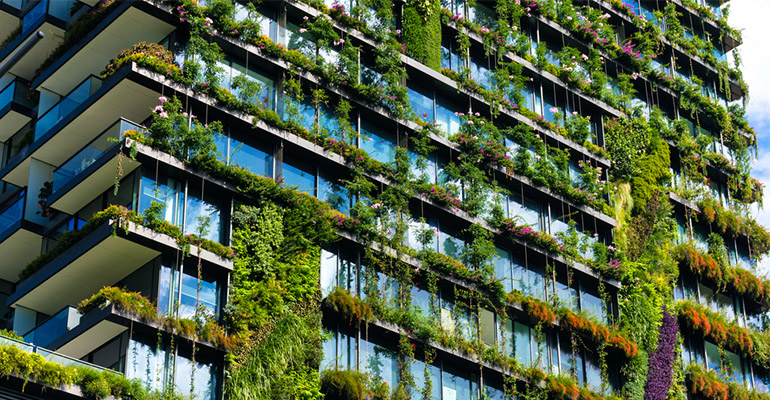Philanthropy has an important role to play in creating “time and space” for cities to become sustainable, according to the program director for the sustainable development grantmaking program at the Rockefeller Brothers Fund.
Michael Northrop is set to give the Lord Mayor’s Charitable Foundation’s annual Inspiring Philanthropy oration discussing the role of philanthropy in creating sustainable cities.
Northrop, who also serves on New York City’s Sustainability Advisory Board, told Pro Bono News philanthropy had created soft capital that allowed cities to innovate.
“The most important actors in a city are going to be your mayors and your city councils and so on, but I think all of these networks of cities that exist in the world now – and there are a lot of them – were fundamentally all created with donor capital, whether that was private foundation capital or bilateral aid money, money from the EU, things like that,” Northrop said.
“Those different fora became places where cities could meet and talk and think together and share lessons and steal ideas from each other and out of that has come this flourishing of really cool, good, innovative approaches to moving things forward.
“I don’t think philanthropy wants to take credit for any of that but I think philanthropy has created some of the soft capital that has allowed those meetings to happen and those conversations to proceed.”
Northrop, who was previously executive director of Ashoka, said the key to attracting more philanthropic funding into the space was storytelling.
“I think the whole climate change space is perceived to be dominated by environmental green groups, and that’s not actually true,” he said.
“I think a lot of environmental philanthropy, tends to go to environmental green groups but just think about the US, it was probably 20 years ago that people started to see mayors and governors in our context as potentially important incubators of new creative approaches and they began to fund some of these networks and these support services for mayor and governors and it proved to be a different way of spending environmental dollars.
“And I think, if you look back over those two decades, you just see a lot of productivity that came from those dollars and I guess the challenge is trying to get environmental philanthropy to see cities and states and the support networks around them as viable recipients for grant funds rather than just environmental green groups.
“Mike Bloomberg has been huge with the money that he has put into the space, it has really made a difference, and there are others who have been part of that, a big transition in Denmark called Realdania, is a big supporter of that, The Children’s Investment Fund in London, is a big supporter of the C40 Cities that Bloomberg got started, so I think philanthropy will stay engaged, more in the background as support for these cities, to create the time and space for them to innovate and do their good work.”
Northrop said it was about a different way of thinking and creating a social infrastructure to encourage collaboration.
This article was originally published by Probono Australia.





